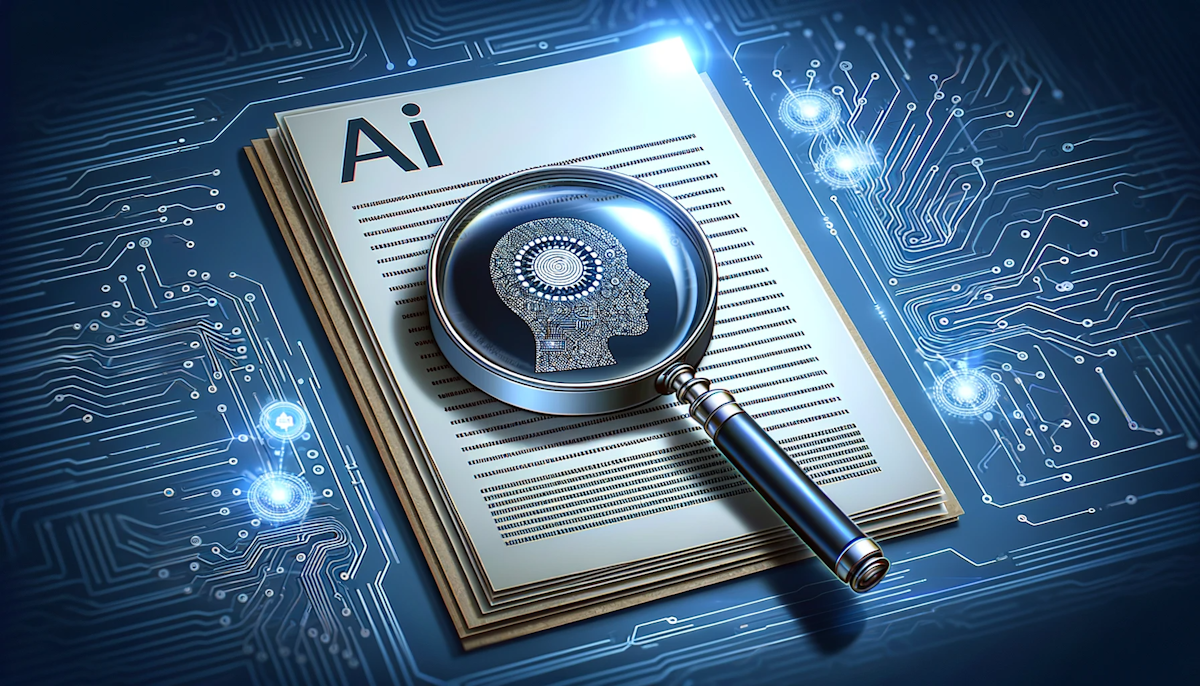Understanding AI Writing Detection in Blog Article Creation

Writing has always been a distinctly human activity, a form of expression loaded with nuances, style, and personal flair. However, with the rise of artificial intelligence (AI), the landscape of writing, particularly in online content such as blog articles, has begun to shift. Increasingly sophisticated AI tools are not only generating content but also being employed to detect AI-written text. The question then arises: How does AI writing detection work, and what does this mean for the future of content creation?
The Emergence of AI Writers
Before delving into AI detection mechanisms, it’s essential to understand the evolution of AI writers. AI writing software, like OpenAI’s GPT-3 (Generative Pre-trained Transformer 3), uses machine learning and natural language processing to produce text that mimics human writing. These systems are trained on vast datasets containing a diverse range of texts, enabling them to generate articles that are coherent, contextually appropriate, and often indistinguishable from those written by humans.
The Need for AI Writing Detection
As AI becomes more accessible, the ability to produce large volumes of content with minimal effort has also grown, leading to concerns about authenticity, originality, and trustworthiness. This brings us to the necessity of AI writing detection tools. How do we separate the human touch from the silicon hand?
Enterprises, educators, publishers, and platforms are increasingly seeking methods to verify the authorship of content to preserve the human element in writing, protect intellectual property rights, and maintain academic integrity.
How AI Writing Detection Works
AI writing detection is an intricate process that analyzes various aspects of the text to determine if it was authored by a machine or a person. Here’s a breakdown of how it works:
Linguistic Analysis
AI detectors often begin by examining the linguistic traits of a piece of text. They look for patterns that are commonly found in AI-generated writing, such as overuse of certain phrases, a lack of nuanced language, or an absence of stylistic idiosyncrasies that typically characterize human writing.
Content Consistency
While AI can produce relevant and cohesive articles, there may be instances where the narrative or arguments lack the depth that a human writer might exhibit. Detectors analyze the consistency of the content, whether it maintains a logical flow of ideas, and if there are any abrupt shifts in topic or tone that might signal machine generation.
Sentence Structure and Complexity
AI writing tends to employ more predictable sentence structures, whereas human writers often use a variety of forms and lengths. AI writing detection tools can assess this complexity, flagging articles with overly uniform sentence construction.
Statistical Analysis
At their core, AI writing detectors often use statistical models to assess the likelihood that a piece of text is AI-generated. These could include analyses of word frequency distributions, sentence length variability, and other quantifiable linguistic features that may distinguish human-written text from that created by an algorithm.
Machine Learning
AI writing detectors themselves frequently utilize machine learning to improve their accuracy. By feeding these tools examples of both human and AI-written text, they can learn and adapt, becoming more adept at identifying the subtle differences between the two.
Semantic Coherence
Human writers often display a certain level of semantic coherence and contextual understanding in their work that AI can struggle to replicate. Writing detection algorithms can evaluate the text’s semantic coherence, looking for incongruities or a lack of depth in understanding that might suggest the writer is not human.
Use of Common Pitfalls
AI-generated text might fall into certain traps, such as repetition, verbosity, or awkward wording, that skilled human writers typically avoid. Detection algorithms may specifically look for these errors as possible indicators of AI authorship.
Challenges in Detecting AI-Generated Writing
Detecting AI-generated writing is not foolproof. As AI writing tools evolve, they become better at mimicking human-like variations in writing. Consequently, false positives can occur, where human writing is mistakenly flagged as AI-generated, and false negatives, where sophisticated AI-generated text is overlooked.
Moreover, ethical considerations emerge with the use of AI detectors. There are privacy concerns surrounding the analysis of personal writing styles and questions about the impact on creativity if AI is used to supplement human writing.
Conclusion: The Human-AI Writing Dynamic
The art of writing is at a fascinating crossroads, where the boundaries between human and AI authorship are increasingly blurred. AI writing detectors serve as gatekeepers trying to preserve the quintessential human element in our written communication. Yet the question looms: will we reach a point where AI-generated content is so advanced that it becomes indistinguishable from human-created text, or will the human touch always leave a unique signature?
For now, AI writing detection provides us with a tool to maintain a level of assurance that behind the words we read, there is a person with thoughts, experiences, and a soul uniquely their own. However, as the sophistication of both AI writers and detectors grows, the evolution of this technology will undoubtedly continue to shape the future of content creation, challenging us to redefine the value of human authenticity in a digital world.

Daniel Errante
Lead Software Engineer, Typli.ai
Daniel is a software engineer, entrepreneur and AI enthusiast who has a passion for writing great software and coaching software development teams on how to build reliable, scalable and secure software. Over the past few years he has developed an interest in building artificial intelligence applications and is the head software engineer at Typli.ai.
Don't let complicated software hold you back. Step into effortless content creation with Typli and elevate your writing today. Experience AI content writing made simple.